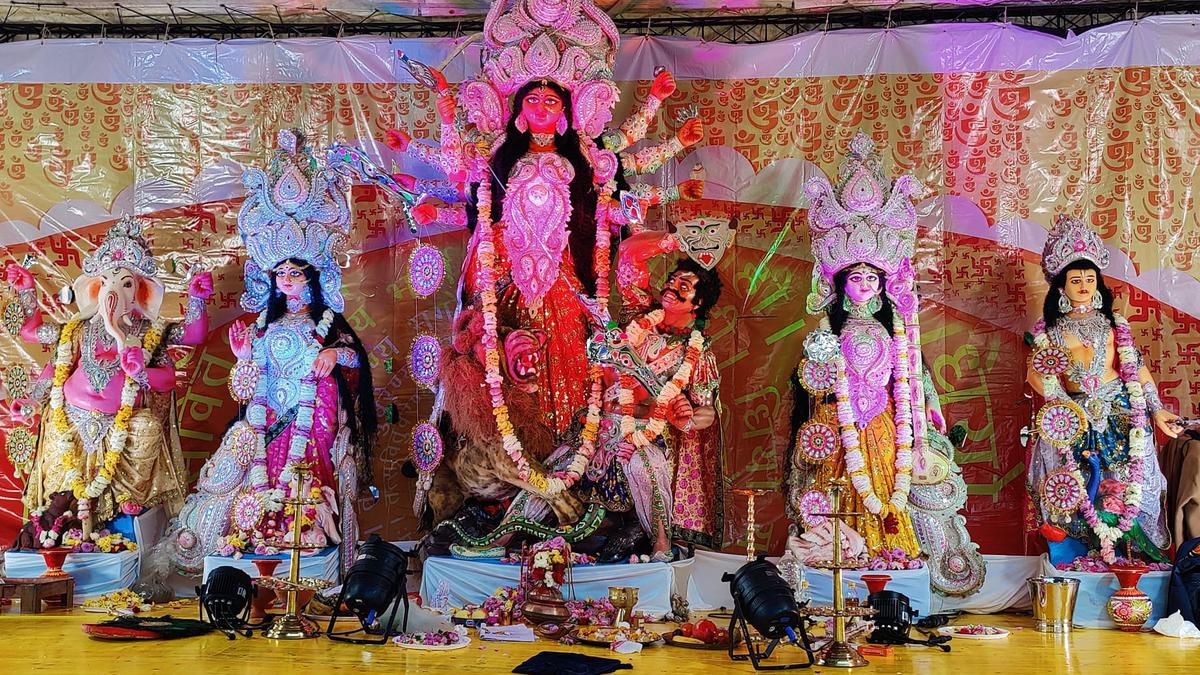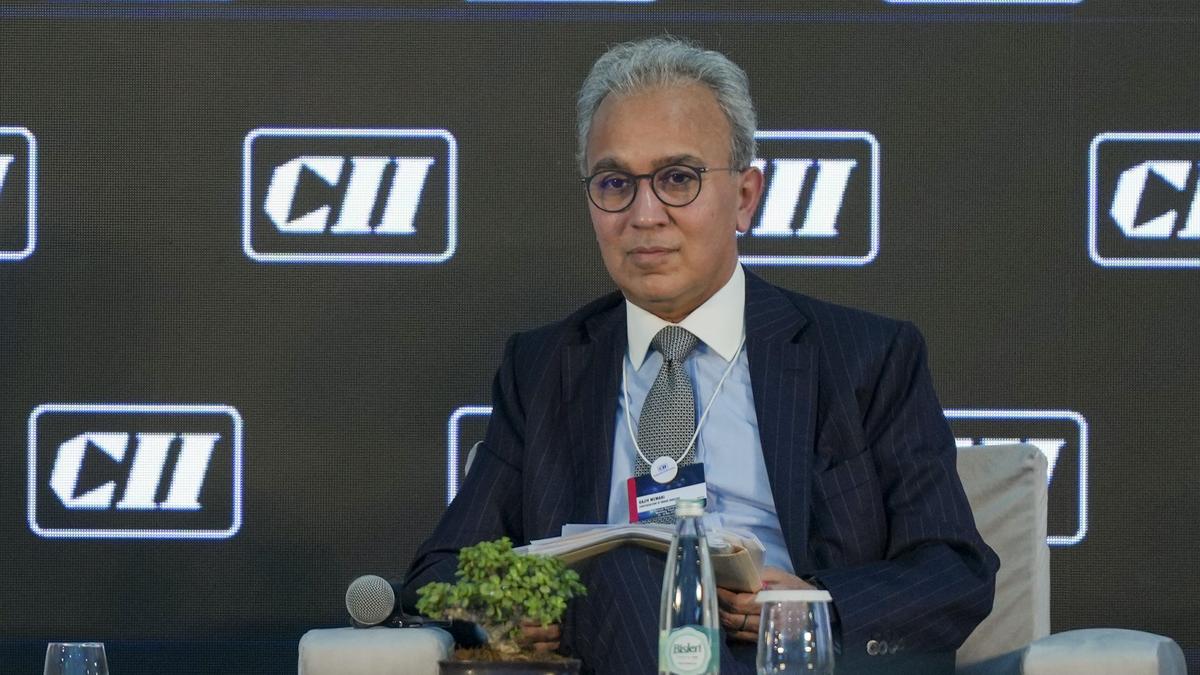Rohan Shivkumar
The idea of Chandigarh, a physical manifestation of India’s tryst with modernism, in cinematographer-filmmaker Avijit Mukul Kishore’s six-year-old documentary Nostalgia for the Future amplifies Jawaharlal Nehru’s progressive outlook towards nation-building. On the city’s architecture, the first prime minister of independent India is quoted saying, “I do not like every building in Chandigarh. I like a few very much. I like the general conception of the township very much, but what I like above all is this creative approach — not being tied down to what has been done by our forefathers and the likes, but thinking out in new terms.”
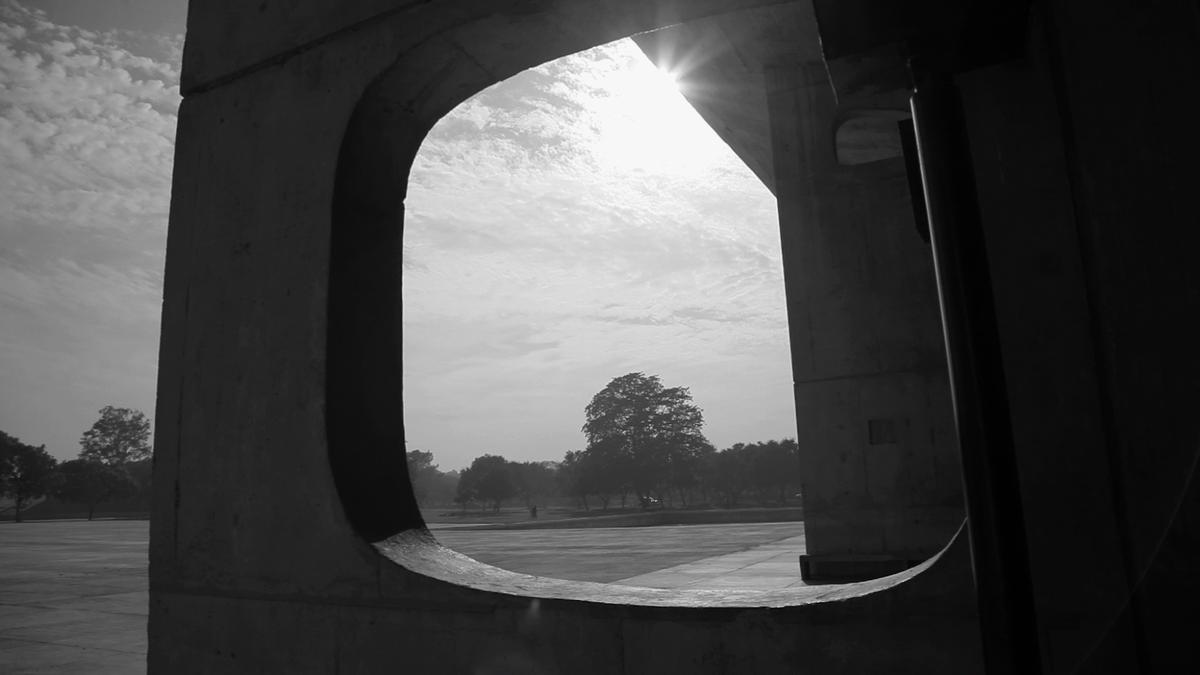
A still from the film
Nehru’s vision for the country’s first planned city makes a compelling case for modernism in the documentary, which explores the nuanced, layered and multi-dimensional abstract of Indian modernity through the prism of architecture and home — from Laxmi Vilas Palace in Baroda, Sabarmati Ashram and Shodhan Villa in Ahmedabad to refugee colonies in New Delhi — over a period of a century. “Corbusier represented one strand in which Indian modernity was shaping itself. It was not the only one. This was important for us. Ambedkar, Gandhi, Sayajirao and even the architects of the housing colonies in Delhi were creating an idea of Indian citizenship which was not the same as the Nehruvian. We wanted to look at Indian modernity as one that is fragmented and multi-layered,” say its directors Avijit and architect-academic Rohan Shivkumar.
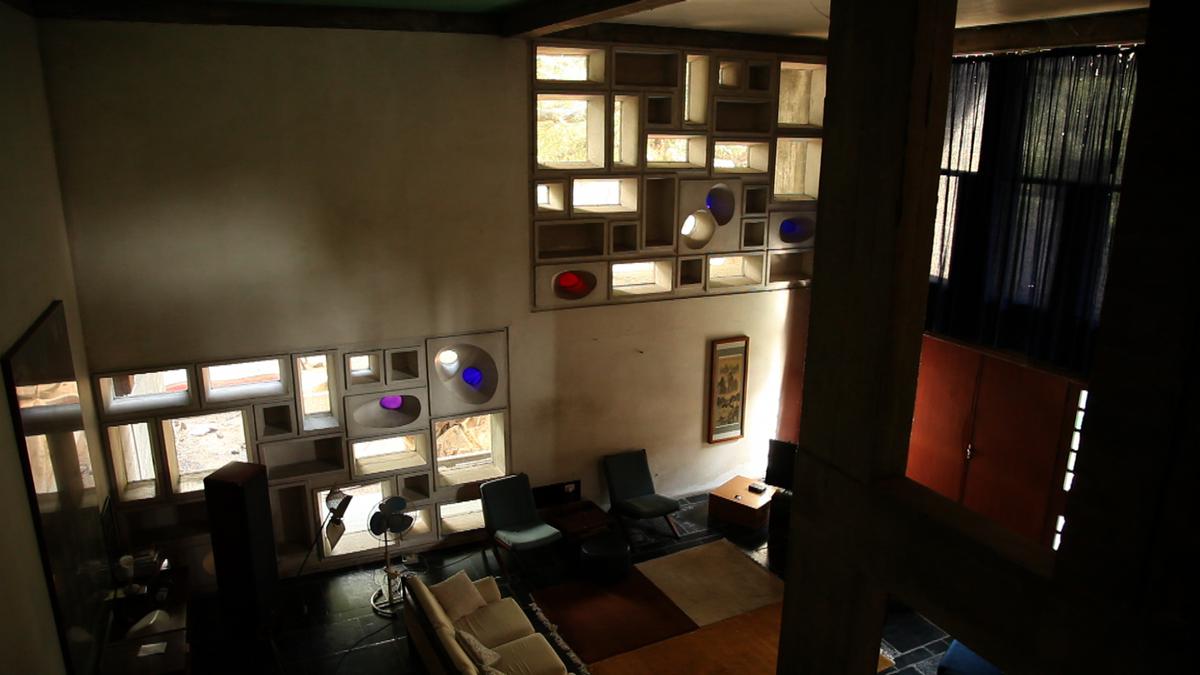
A still from the film
The duo believes that as 21st century citizens of India, we inhabit the future that was imagined for us in the post-independence project of nation-building. “It is us, from this place in history, nostalgic about the ideals of nationhood and citizen-building into a modern, inclusive, liberal and progressive nation. The title is therefore an oxymoron,” they say. Produced by Films Division, its Hindi subtitle Kal Ka Intezaar is viewed by Avijit as a rhetorical title for the kind of propaganda films of the division, such as Towards a Better Future, Your Ideal Home and Good Citizen. “Another oxymoron is the Hindi word kal, denoting both yesterday and tomorrow. So, is it the future that we are moving towards, or does that future include a romantic idea of a glorious past,” he questions.
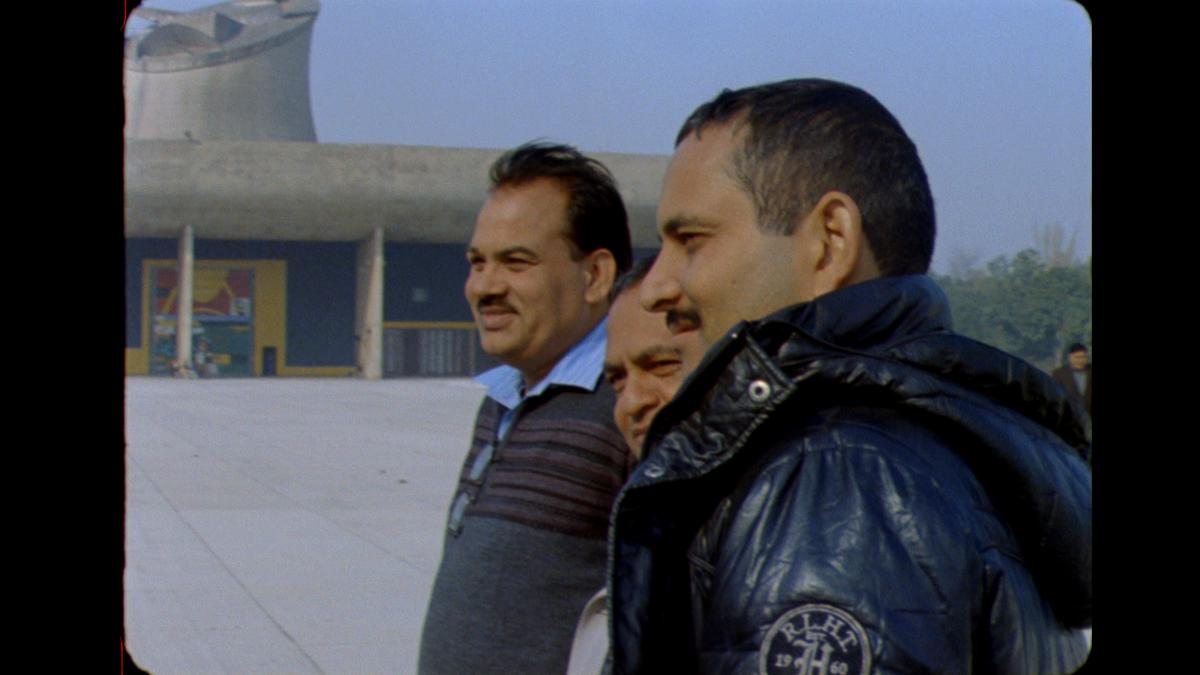
A still from the film
The documentary constantly shuttles between the past and present, delving deeper into the contextual meaning of modernity through historically significant facades and people who once lived in them. “We use the Laxmi Vilas Palace to refer to Rajgruh — the house of Ambedkar in Mumbai. Ambedkar’s education was sponsored by the Maharaja of Baroda Sayajirao. The house that Ambedkar builds to live in Hindu Colony in Mumbai refuses to have any of the historic and religion-based iconography of its neighbours. Instead, it seems like a colonial bungalow,” Avijit explains. He furthers his point saying this refusal is representative of the way that costume was used by Ambedkar to reclaim and reconfigure a new identity for the untouchable.
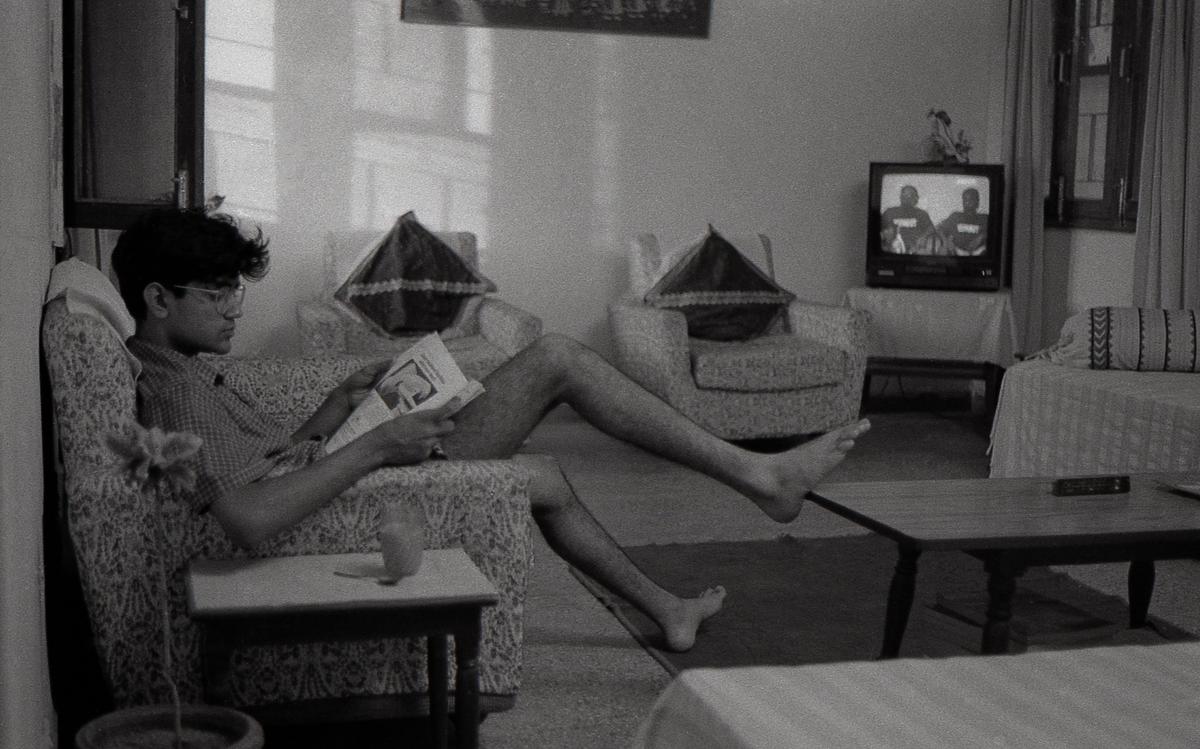
A still from the film
In Shodhan Villa the annex attached to the main building, which houses all the services, is removed from the main body of the building and connected by a walkway. “Gandhi’s spiritual imagination of the body refused to address the concrete realities of Dalit existence and trauma, while the Delhi housing projects made concrete a diagram of caste and class. This is not unique to these examples. We continue to live within cities that are deeply segregated in spite of all our pretensions to development and modernity,” he adds.
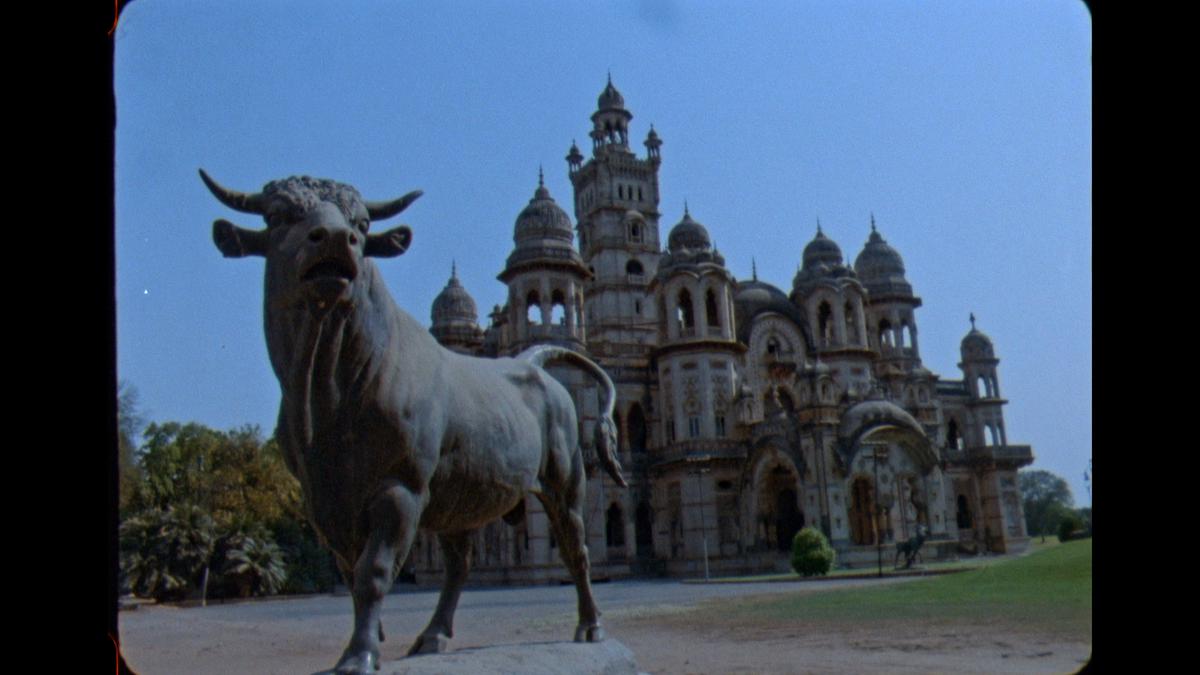
A still from the film
The instruments of modernity did not, as stated in the documentary too, truly emancipate us. “They were wielded by the western educated and aspirational middle classes, after further strengthening caste and class biases,” says Avijit. He defines modernism is a style of art of architecture and it means nothing unless it represents the value systems of modernity — the desire for a world of freedom, equality, justice and brotherhood.
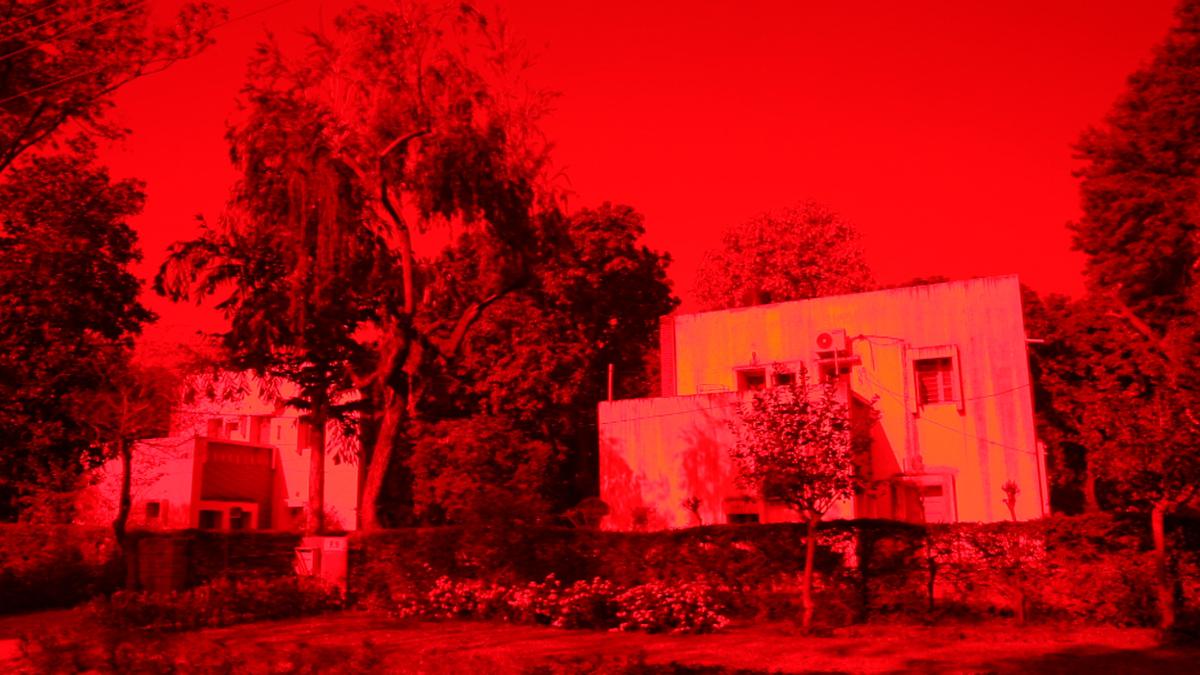
A still from the film
“The word nostalgia carries a longing for home. The film is about homes and uses film and video materials to express different registers relating to, remembering and representing the idea of home,” he shares. It switches between digital video and film, colour and black and white, to evoke the memory of home and remembering. “The film uses a lot of archival material from Films Division’s films. The celluloid film material carries a memory of the past. The film bits were shot on a 16mm Bolex camera and the material was made to look like home-movies that might have been made in those spaces, or documentaries on housing made by someone else. The look was one of remembering but also critiquing,” he adds.
Avijit will present an illustrated lecture on Nostalgia for the Future on February 25 at Kasturi Sreenivasan Hall, from 11.10am to 12.10pm.




